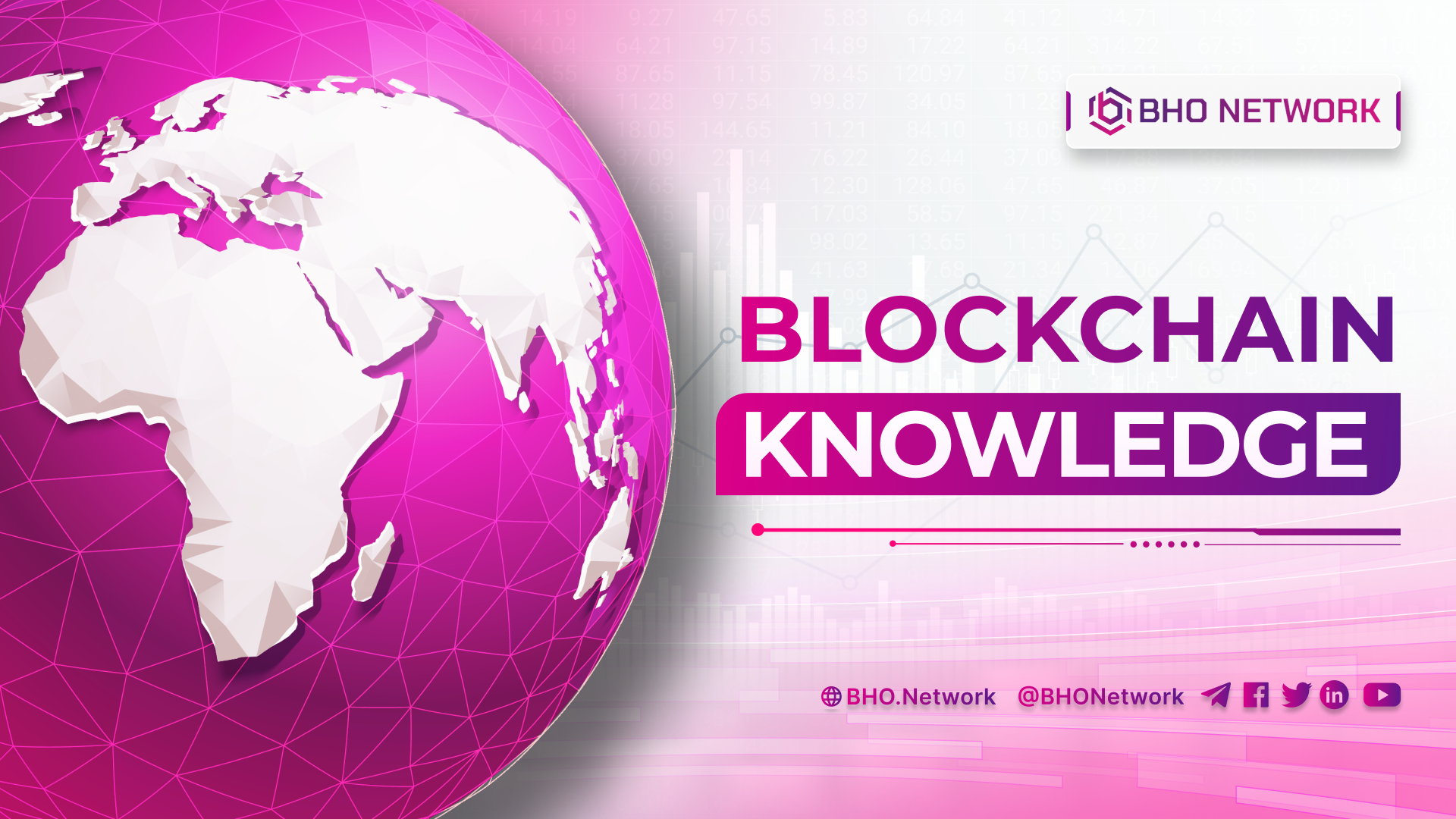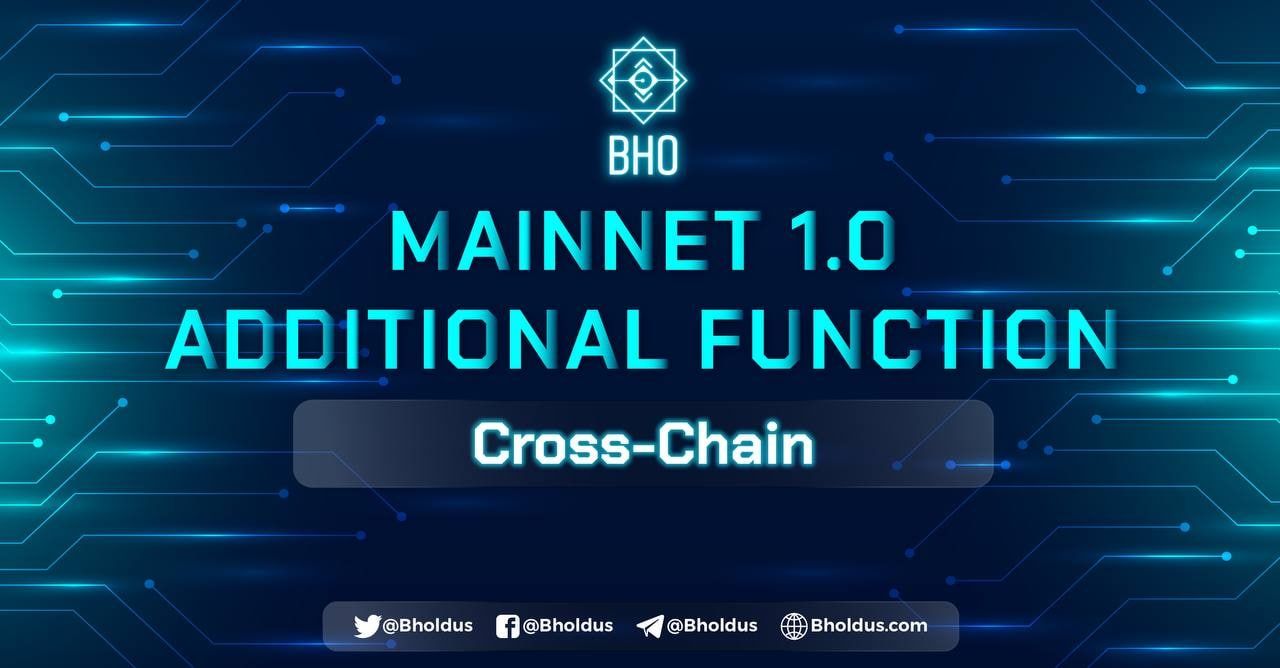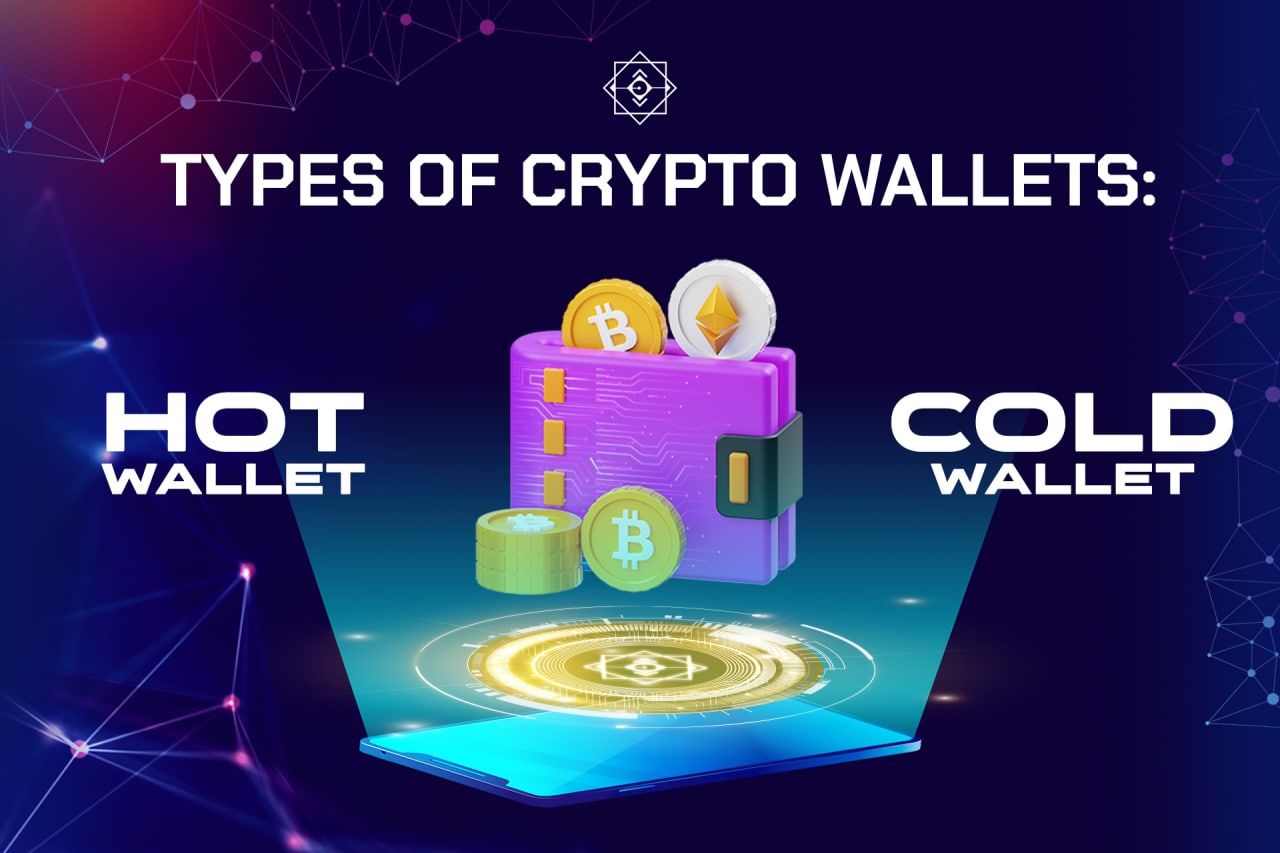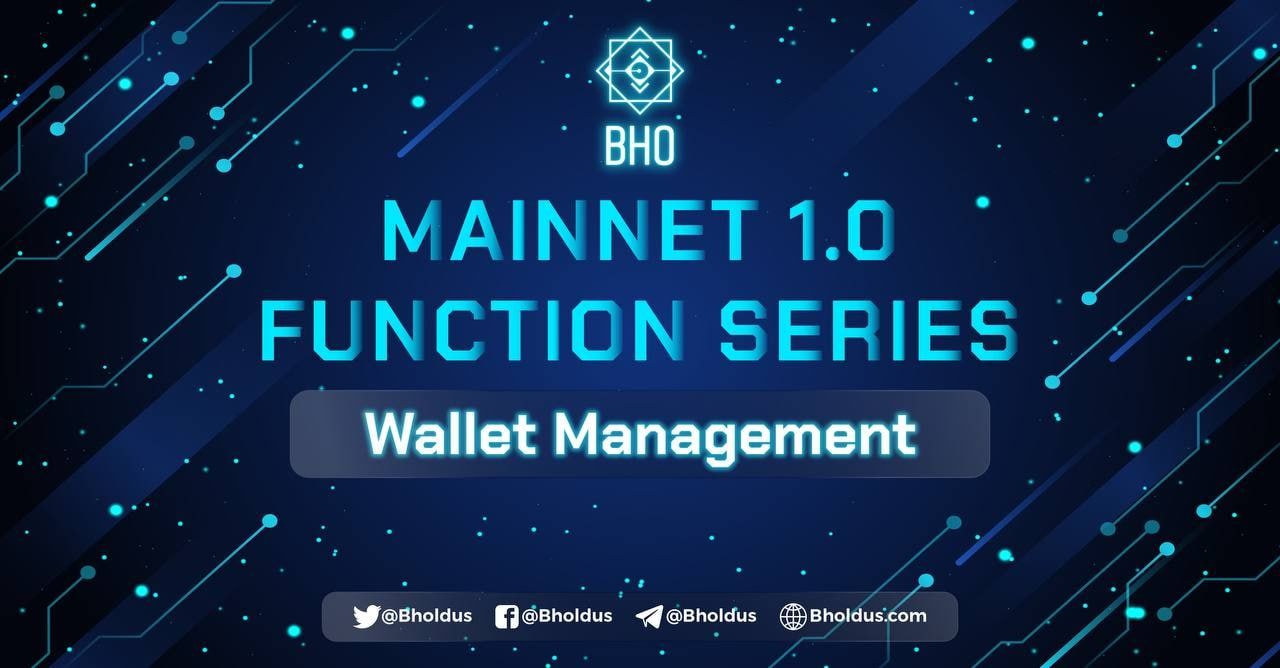- Blog
- Crypto News
- What is Uniswap exchange? Detailed user manual
What is Uniswap exchange? Detailed user manual
- 1. What is Uniswap?
- 2. How does Uniswap work?
- 3. Main features on Uniswap exchange
- 3.1. Swap
- 3.2. Liquidity Pool
- 3.3. Flash Swap
- 3.4. Oracle
- 4. Participants in Uniswap exchange
- 4.1. Liquid Provider - Liquidity
- 4.2. Trader
- 4.3. Developer (Dev)
- 5. What are the advantages and disadvantages of Uniswap?
- 5.1. Advantages
- 5.2. Cons
- 6. What is Uniswap 2?
- 7. Differences between Uniswap 1 and Uniswap 2
- 8. What to prepare to use Uniswap
- 9. Instructions to Swap (buy or sell) tokens on Uniswap
- 9.1. How to connect Metamask to Uniswap
- 9.2. Instructions on how to Swap Tokens on Uniswap
- 9.3. How to adjust Slippage Tolerance
- 9.4. How to adjust the transaction duration
- 10. Instructions on how to provide Liquidity on Uniswap V2
- 11. How to remove Liquidity on Uniswap V2
- 12. Potential risks on Uniswap
- 12.1. Smart contract risk
- 12.2. Token Risk
- 12.3. Risk of failed transactions
- 12.4. Gas Fee Risk
- 13. Uniswap's Future
- 14. Competition from projects on the Ethereum blockchain
- 14.1. Uniswap & Curve
- 14.2. Uniswap & Sushiswap
- 15. Competition from projects on other blockchains
- 16. Tips and tricks for using Uniswap V2
- 16.1. Ways to speed up transactions on Uniswap 2
- 16.2. Instructions to avoid mistakenly buying “Fake” Coins on Uniswap 2
- 16.3. Why does the trade fail when the price fluctuates strongly?
- 16.4. Is there any way to reduce transaction fees on Uniswap 2?
What is Uniswap exchange? This is one of the most frequently asked questions in recent times associated with the development trend of Blockchain technology. How to use Uniswap? What are the pros and cons of this exchange? Readers' questions will be answered in detail in the following article of BHO Network. Let's follow along!
1. What is Uniswap?
Uniswap is an automated market maker (AMM) and decentralized exchange (DEX) built on the Ethereum Blockchain. Uniswap exchange allows users to Swap any ERC-20 Token. With convenience and fast transactions, Uniswap is currently the most used exchange.
2. How does Uniswap work?
Uniswap is a 100% decentralized and permissionless protocol. The platform is operated based on the formula:
X * Y = K
Where:
- x is the number of Tokens A.
- y is the number of Tokens B.
- k is the total value of Pool A/B.
From that, you can see:
- If k changes and the values of A and B stay the same, then x and y will change.
- If x and y change but k does not change, then the value of tokens A and B must change.
- For x and y to change, x and y need liquidity providers (“LP” or “Liquidity Provider”) to change.For
- x and y to change, traders need to act through Swap.
3. Main features on Uniswap exchange
As can be seen, Uniswap is currently a very widely used exchange. So what are the features on “what is Uniswap exchange”? The following content will provide detailed information about the Uniswap exchange for your understanding.
3.1. Swap
Swap in Uniswap is a way to trade one ERC-20 Token for another. Compared to the traditional platform, the system uses an automated market-making mechanism (AMM) that provides quick and timely feedback on exchange rates and slippage.
A Liquidity Pool backs each Token pair on Uniswap. These smart contracts hold the balance of two unique Tokens and enforce the rules around the deposit and withdrawal of these Tokens.
3.2. Liquidity Pool
Each liquidity pool on the Uniswap exchange is a trading venue for a pair of ERC-20 Tokens. When the Pool contract is created, the balance of each Token is zero. For the Pool to start providing transactions, the LP must deposit funds for each Token. The first liquidity provider will be the one to set the initial price for that Pool.
At the start, the Liquidity Pool (LP) should provide the equal value of two Tokens. If the first LP offers two Tokens with a different ratio of value to the market price, an arbitrage opportunity will arise and potentially be taken by someone outside.
When LP provides liquidity to the Pool, they will receive back Liquidity Token equivalent to the provided liquidity. When there is a transaction, a fee of 0.3% will be divided among the LPs in the Pool at the time of the transaction. Liquidity house needs to burn Liquidity Token if they want to withdraw the deposited money for liquidity. LPs can also be sold, transferred, or used however you want.
3.3. Flash Swap
Coming to Uniswap V2, Flash Swap has started to appear, allowing users to withdraw any amount of ERC20 Tokens for free, provided that at the end of the transaction, the user has to pay a return or both for the number of Tokens used.
3.4. Oracle
Like in other DeFi (decentralized finance) applications, Oracle (on-chain price feed) is a crucial component. Uniswap has developed its own Oracle that conforms to its protocol. In particular, Uniswap V2 has allowed the building of on-chain price oracles that are highly decentralized and anti-manipulation.
4. Participants in Uniswap exchange
Uniswap exchange includes Liquid Provider Trader and Developer. The characteristics of each object will be covered in detail now.
4.1. Liquid Provider - Liquidity
Provider Liquid Provider (LP) objects are often very diverse such as passive asset investment Token holders, professional LPs, Pool creation projects, or DeFi pioneers… LPs will receive 0.3% fee when providing liquidity.
4.2. Trader
Traders can trade with multiple pairs of Tokens from their wallets and incur the same flat fee for trading on the protocol. Traders are usually speculators, arbitrage bots, DApp users who buy Tokens on Uniswap to use in other apps on Ethereum, and intelligent contracts execute transactions on the protocol by implementing the Swap function…
4.3. Developer (Dev)
Developer developers can be DeFi Dashboards, DEX aggregators, Wallets that integrate Swap functionality and provide liquidity, Dev Smart Contracts, etc. These are the people who can rely on Uniswap for the development of a product.
5. What are the advantages and disadvantages of Uniswap?
After learning about Uniswap, you may want to join this exchange. The following section will introduce what are the strengths and weaknesses of “what is Uniswap exchange”?so that everyone can better understand this cryptocurrency trading platform.
5.1. Advantages
Uniswap is widely used because of its outstanding features. Specifically, the system's strengths are:
- Convenient and easy to use: Time to execute transactions on Uniswap is very fast. You also don't need to go through creating an account, verifying KYC, or setting up 2FA... like on other exchanges.
- Relatively low transaction fees: Uniswap charges a flat fee of 0.3% per transaction, much cheaper than some decentralized exchanges.
- Decentralization: You have complete control over your assets so that you will limit security risks.
- Opportunity to access new Coin/Token: In other centralized exchanges, cryptocurrency projects must go through the censorship process with the Coin/Token exchange-listed. On Uniswap, users can get new Tokens first.
5.2. Cons
Besides the above advantages, Uniswap also has some other potential risks. Specific disadvantages of the project include:
- Lack of many features compared to centralized exchanges: In other businesses, when you notice that a Token is at a high price, you can place a pending order to buy it at a lower price. In addition, the user can set a take profit or stop loss order automatically.
- Transaction failed: On Uniswap, the transaction will not be 100% successful for a few reasons such as: paying too little Gas fee, Uniswap not having enough liquidity in the pool,...
- Risk of fraud: There are sites Websites impersonating Uniswap. You will also be very susceptible to Scams. Finding a good project is not easy among thousands of projects on UniSwap.
6. What is Uniswap 2?
Uniswap 2 is a decentralized exchange (DEX) using Uniswap Protocol Built on the Ethereum Blockchain that allows fast and easy Swap of ERC-20 Tokens. Users can also contribute to Liquidity Pools for any ERC-20 Token and receive a commission in the form of Fee Swap.
7. Differences between Uniswap 1 and Uniswap 2
Uniswap 1 always executes two transactions. The first transaction is to Swap the ERC20 Token for ETH, and the second is to Swap ETH back to the desired ERC20 Token. That is, the end-user has to pay the fee twice. This method has caused some limitations such as higher transaction fees, Uniswap tied using ETH, cannot Swap ERC20 Tokens directly with other Tokens.
Uniswap 2 was born to overcome the limitations of Uniswap 1. Uniswap 2 provides end users with 3 different options to Swap Tokens, using “Router Contract”. Router Contracts are aware of all Exchange Contracts. Users are also given the option of 3 Swap capabilities.
8. What to prepare to use Uniswap
To use Uniswap exchange, you need to prepare a few things in advance:
- Install and log in to Coin98 Extension Wallet on Chrome or use Coin98 Mobile Wallet.
- Always leave some ETH in your wallet to pay GAS fees.
9. Instructions to Swap (buy or sell) tokens on Uniswap
Swap Tokens are considered as a token position transition. So what is the way to perform Swap Token on “what is Uniswap exchange”? Let's find the answer right below!
9.1. How to connect Metamask to Uniswap
After completing the essential operation with MetaMask, you can perform the connection process as follows:
Step 1: Go to https://app.uniswap.org/#/swap, then go to https://app.uniswap.org/#/swap, select "Connect to a wallet" in the right corner of the screen.
Step 2: Select the wallet you want to connect, a window pops up, and you choose "Next" to continue.
Step 3: Click “Connect” to complete the connection process.
9.2. Instructions on how to Swap Tokens on Uniswap
Are you wondering how to swap Tokens on Uniswap? So please refer to the steps below and apply them when trading.
-
Step 1: Enter the amount of ETH you want to Swap in the “From” line and select the Token you wish to exchange in the drop-down menu.
-
Step 2: A list of Tokens appears in the drop-down menu. Uniswap automatically calculates the number of Tokens exchanged in the "To" line. Click “Swap” to continue.
-
Step 3: Confirm Swap ETH for the selected Token and click “Confirm swap” to confirm when you have fully checked the information.
-
Step 4: A window pops up by MetaMask wallet the last thing you need to confirm is the Gas fee. Enter the fee you are willing to pay in the “Gas price” box. Click “Confirm” to finish.
9.3. How to adjust Slippage Tolerance
When trading on Uniswap, “Slippage Tolerance” is expressed as a percentage and occurs when the price executed on the last order does not coincide with the price at the time of confirmation of conduct transaction. You can change the Slippage Tolerance by clicking the Settings gear in the top right corner.
9.4. How to adjust the transaction duration
Once the transaction has been confirmed, the first window will pop up. You can adjust the transaction duration by setting GWEI and Gas limits depending on your preference. Then, the user selects “Save” and confirms the transaction.
10. Instructions on how to provide Liquidity on Uniswap V2
Uniswap 2 allows users to provide liquidity for trading pairs. The steps to use Uniswap are as follows:
- Step 1: Deposit Ethereum and USDT that you want to Add Liquidity.
- Step 2: Select “Capital” and “Add liquidity”
- Step 3: Click “Approve USDT” and “Confirm” and confirm the transaction in Metamask is completed.
11. How to remove Liquidity on Uniswap V2
When you don't want to lock your Token anymore, you can Remove that Liquidity by:
-
Step 1: In the "Your Liquidity" section, select the Pool you want to Remove, then choose the % of your capital want to withdraw.
-
Step 2: Click "Remove", the system will give you an information table of how many Tokens you get back after Remove. You check again and then click “Confirm” and confirm the transaction in Metamask is completed.
12. Potential risks on Uniswap
Platforms, no matter how secure, will not avoid certain risks. Uniswap is no exception. Here are some problems you may encounter when using Uniswap exchangeing.
12.1. Smart contract risk
Uniswap attack, although rare, is still possible. In Uniswap 1, an attacker can use “Hooks” in the ERC-777 Token standard to withdraw funds from Liquidity Pools based on this Token. However, by Uniswap 2, the ERC-777 Token bug has been fixed, so this type of attack is no longer possible.
12.2. Token Risk
On Uniswap, anyone can easily list Tokens. This has led to many people taking advantage of this ease-to-list fake, Scam Tokens. Therefore, users need to check the Token Smart Contract carefully to avoid losing money.
12.3. Risk of failed transactions
Transactions on Uniswap can be affected by several reasons such as too little Gas fee, making the transaction take time, price jumping over the maximum you are willing to pay for Token, Uniswap not having enough liquidity in the pool… However, when you encounter this problem, you will be refunded the amount, so this case is quite positive.
12.4. Gas Fee Risk
Ethereum's gas fees are skyrocketing due to high network usage leading to network congestion at 97%. Therefore, using Uniswap, you will incur a rather expensive fee. With Uniswap, you need to go through approval to Swap a new Token. This process also incurs a cost of as high as $2.
13. Uniswap's Future
Despite being a pioneer, Uniswap's attraction has not waned to this day. Around the beginning of 2021, Uniswap also launched Uniswap 3 with improvements to help users maximize capital efficiency. Uniswap's market share already accounts for more than 65% of the total DEX. Thereby, it shows that Uniswap has excellent growth potential in the future.
14. Competition from projects on the Ethereum blockchain
The development trend of Blockchain has led to a series of new exchanges. That leaves Uniswap with a lot of competition. Their influence on Uniswap?
14.1. Uniswap & Curve
With TVL being three times bigger than Uniswap, Curve is holding the current top 1 position and is almost far behind the projects below. Many of you will think that in the future, there is a high possibility that Curve will also gain a lot of market share from Uniswap. However, both are active in different fields.
The curve is used by users to Swap Stablecoins such as USDT to DAI, USDC to BUSD, etc., based on the characteristics of the exchange. Meanwhile, Uniswap is a DEX for lots of Tokens. On the surface, the two seem to be rivals in the DEX, but the fact that one grows does not significantly impact the other.
14.2. Uniswap & Sushiswap
Sushiswap is a thriving DEX in the market, second only to Uniswap. If Uniswap focuses intensely on trading, then Sushiswap chooses to go horizontally, with a series of products such as Lending, IDO Platform, Trading,... Therefore, there is still the possibility of the two goings head-to-head.
15. Competition from projects on other blockchains
Transaction fees in Ethereum are a matter of great concern. In July-August 2020, when the vital Yield Farming and Token Pump trends in Uniswap were born, transaction fees were pushed up to tens, even hundreds. In February-March 2021, MEV started to emerge, with the Gas War Bots pushing transaction fees up again.
At this point, PancakeSwap appeared, marking a new turning point in Binance Smart Chain. The project successfully solved the disadvantage of Uniswap's high transaction fees on Ethereum, attracting large cash flows via Binance Smart Chain. Since then, PancakeSwap has launched many features, making the project an iconic DEX when the community mentions Binance Smart Chain.
16. Tips and tricks for using Uniswap V2
Trading on Uniswap 2 can still be confusing and complicated for those just starting. Here are some tips and tricks to help you use Uniswap 2 more efficiently and effectively.
16.1. Ways to speed up transactions on Uniswap 2
To speed up transactions on Uniswap, you need to pay more Gas FEE than other competitors. You can make adjustments by going to the “Details” section, clicking “Edit”, selecting “Fast,” and clicking “save”.
16.2. Instructions to avoid mistakenly buying “Fake” Coins on Uniswap 2
Uniswap is not responsible when users are deceived and mistakenly buy fake Tokens. On Blockchains like Ethereum, transactions are nearly fixed.
So if you send money to buy scam Tokens, there is a big chance that you have lost your money. To avoid this situation, you must determine the correct information about that Coin. It is best to detect that Coin thorough Contract.
16.3. Why does the trade fail when the price fluctuates strongly?
The competition to process transactions is huge for tokens that are fluctuating strongly. You can increase your chances of matching by increasing GAS fees and slippage tolerance. To adjust the Slippage Tolerance, the user clicks on the gear icon in the top right corner.
16.4. Is there any way to reduce transaction fees on Uniswap 2?
The transaction fee on Uniswap 2 consists of 2 parts: the GAS fee of the Ethereum Blockchain and the Liquidity Provider Fee. Liquidity Provider Fee is currently at 0.3% and cannot be reduced.
GAS FEE can be adjusted a bit by Editing GAS FEE when trading, but due to the Ethereum network being overloaded, the current GAS FEE is still relatively high. This is one of Ethereum's biggest dilemmas.
In this article, BHO Network introduced readers to “what is Uniswap?” and all the relevant details. Along with the development trend of Blockchain technology, Uniswap exchange is emerging as a potential investment method. If you have questions about Uniswap or other exchanges, please contact the business immediately for answers!
Published on April 26, 2022
Tagged topics







